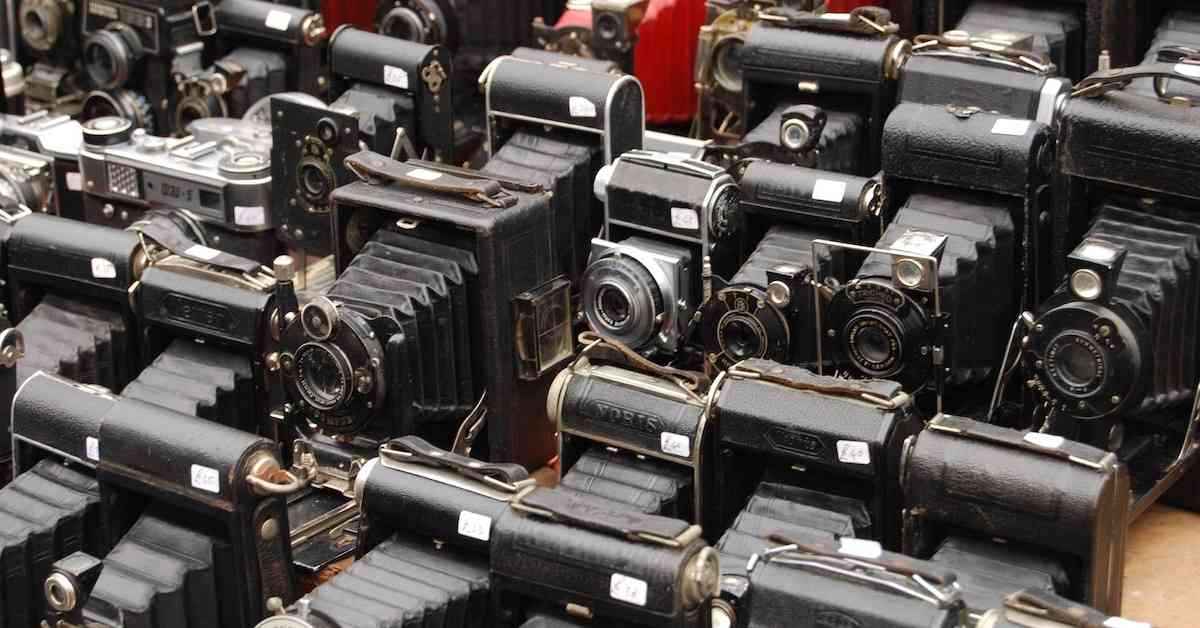In today’s digital age, cameras are ubiquitous, tucked neatly into our pockets as smartphone features. The impact of photography on society has never been more pronounced, with the evolution of digital cameras and smartphones changing the way we document our lives. But what about the origins of this revolutionary technology? Who were the ingenious minds behind the camera, and how did it transform into the essential tool we know today? Let’s dive into the historical perspective of camera development and explore how this invention reshaped the way we capture the world around us.
Unveiling the Ancestors: Camera Obscura and Pinhole Camera
Long before the era of selfies and digital photography, the concepts of camera obscura and pinhole cameras had already begun to take shape. Dating back to ancient times, the roots of these photographic ancestors can be traced to the ancient Greeks and Chinese civilizations. Chinese philosopher Mozi, during the Han dynasty, was the first to document the principles of camera obscura. Meanwhile, Greek philosopher Aristotle pondered the phenomenon, questioning why the sun appeared circular when projected through a rectangular hole. These early musings laid the groundwork for the optical wonders that would follow.
Camera obscura, a natural optical phenomenon, involves projecting an image through a small hole onto a surface opposite the opening. The resulting projection appears upside down, creating a unique visual experience. Coined in the 16th century, camera obscura also referred to specially designed boxes or rooms for projecting such images. The distinction between camera obscura and pinhole cameras lies in the use of a lens in the former and an open hole in the latter. As artists in the 17th and 18th centuries utilized these devices to aid in their drawings, the limitation of these early tools was the inability to preserve images beyond mere tracing.
The Pioneers: Johann Zahn, Joseph Nicéphore Niépce, and the Birth of Photography
As the centuries progressed, the evolution of cameras led to more portable and refined devices. German author Johann Zahn, a light expert, envisioned the first handheld reflex camera in 1685, setting the stage for future innovations. However, it wasn’t until French inventor Joseph Nicéphore Niépce’s groundbreaking work that photography as we know it began to take shape.
Niépce’s homemade camera captured the first partially successful photograph in 1816, using paper coated with silver chloride. Through a technique known as heliography, he achieved unique images that couldn’t be replicated, marking a significant step towards modern photography. His use of bitumen-coated surfaces to create photographic imprints laid the groundwork for future advancements in the field.
Teaming up with Louis Daguerre, Niépce continued to refine the photographic process, leading to the invention of the daguerreotype. This revolutionary method, introduced in 1839, involved treating a silver-plated copper sheet with iodine vapor to create light-sensitive surfaces. The resulting images, developed through exposure and mercury vapor treatment, marked a significant advancement in photography. Daguerre’s work paved the way for the first photograph including human subjects and popularized this new form of visual art.












